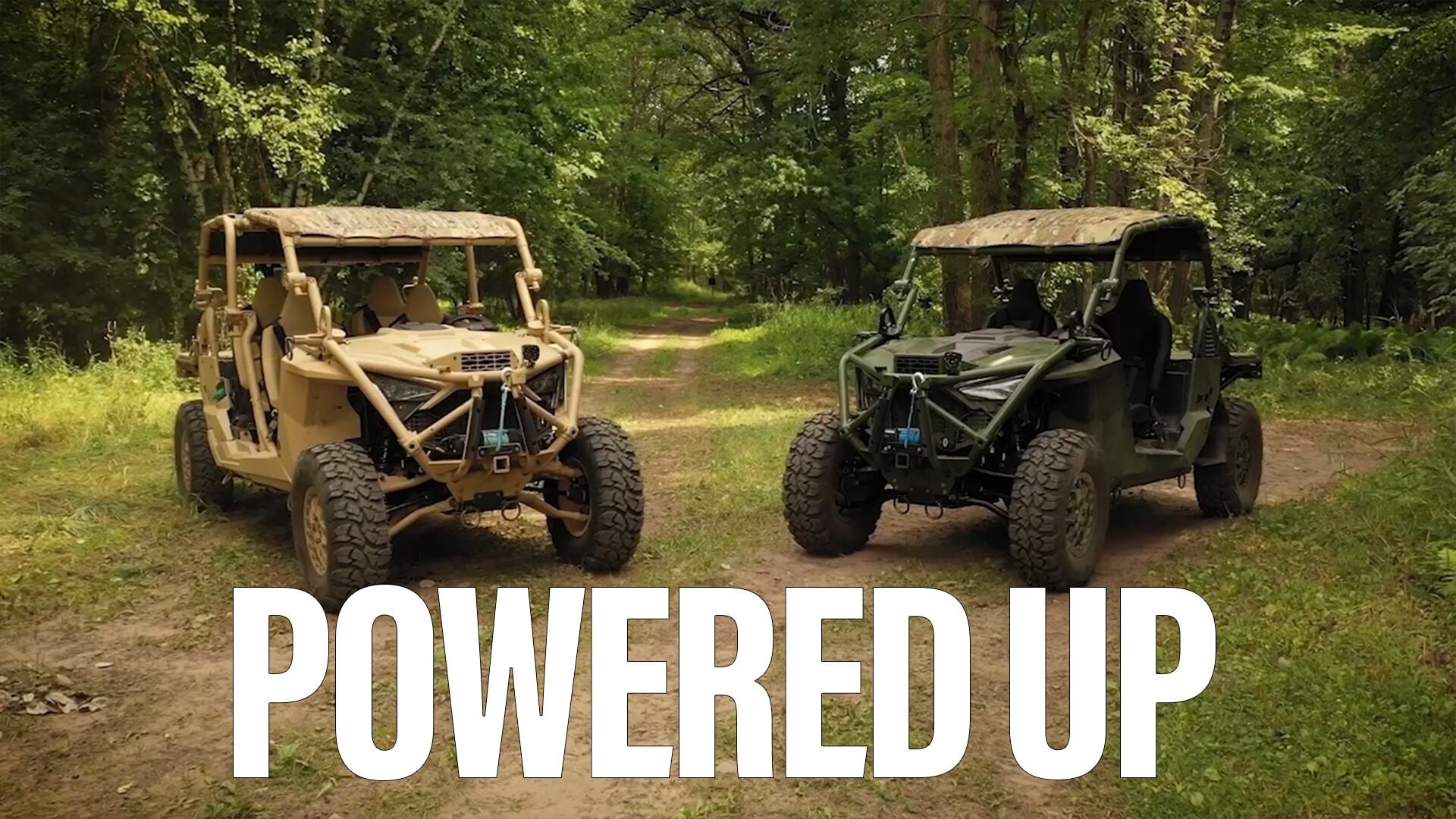WASHINGTON — US Customs and Border Protection (CBP) is looking to make a deal this year with the Army for excess UH-60 Black Hawk helicopters it would use to stop smugglers and illegal border crossings, and help local authorities, according to its aviation chief.
The agency is seeking to work with the Army to convert aging A-model Black Hawks, which it would otherwise retire, to L-models in spite of a report in 2013 that criticized a previous such deal and recommended working with the Coast Guard.
"We haven't closed the deal yet, but that's the direction we're looking at now," Randolph "Tex" Alles, assistant commissioner for CBP's Office of Air and Marine, said at a Center for Strategic and International Studies event on April 14.
Alles said that shrinking budgets and competing demands for the platform are making the Defense Department's price tag for Black Hawk helicopters, "a substantial problem for us now."
"I'm kind of in the used car business here, buying used aircraft from DoD," he said. "That's been a substantial problem for us here, as a way of getting aircraft out, because they'll throw them over to the foreign military sales market, or the services will get first pick."
Alles acknowledged that the Department of Homeland Security's (DHS) had conducted a cost comparison between the Coast Guard and Army after a DHS inspector general's report that rapped CBP the agency for ceding the management of its UH-60 program to the Army. CBP has relied on an interagency loan agreement with the Army Utility Helicopter Program Office in 2008 to convert the helicopters it uses.
The Army had at the time of the report upgraded and modified two UH-60L helicopters for CBP, a process that averaged 1,300 days and cost of $22.3 million for each copter. DHS asked to take ownership of the helicopters at one point, but the Army refused, according to the inspector general.
The inspector general IG asked the agency to go to the Coast Guard for the conversions, a move it said could save about $126 million and have CBP H-60s able to fly seven years sooner than anticipated. However, DHS disagreed with the recommendation and agreed instead to conducted the cost comparison.
Testifying before the House Homeland Security Committee in 2014, DHS Inspector General John Roth said the department's own study confirmed that CBP would realize substantial savings by using the Coast Guard facility. DHS estimated CBP could save at least $36 million and as much as $132 million in the cost of conversion alone.
On April 14, however, Alles said the cost comparison did not find, "anything fairly significant."
DHS's findings differed from the IG's, according to CPB spokesman Carlos Lazo. Coast Guard depots provide periodic corrosion control and avionics upgrades to the service's H-60s, while DHS requires a complete breakdown of the aircraft, including the air frame, to convert it from an H-60 Alpha to Lima.
DHS concluded the Coast Guard could perform the work, given time and money to build-up its depot capabilities, yielding savings in later years. However, the DHS-Army effort is expected to yield a "much greater savings," Lazo said. CBP plans to submit its initial assessment for DHS review later this year.
In May 2014, the agency announced it took delivery on the third UH-60L, converted by the Corpus Christi Army Depot and then sent for undergo mission equipment outfitting at the US Army's Aviation and Missile Research, Development Engineering Center, Prototype Integration Facility in Huntsville, Alabama.
The planned upgrades include the airframes, propulsion systems and cockpit components, featuring and include new digitized navigation as well as revised rotor and driveshaft assemblies. The upgrades are meant to prolong the life of the aircraft by 15 years to 18 years and reduce annual maintenance costs by as much as 37 percent.
The next funded UH-60 conversion is expected to be completed during fiscal 2016, according to CBP.

A CBP Air unit UH-60 Black Hawk helicopter confronts two vehicles on a remote air strip in America's southwest border region.
Photo Credit: James Tourtellotte/Customs and Border Control
The Office of Air and Marine has 20 UH-60s, of which 10 are UH-60As, six are UH-60Ls, and four are UH-60Ms. The UH-60A models and UH-60L models were manufactured between 1977 and 1987, according to CBP press secretary Jenny Burke. The UH-60M models were purchased new in 2004. All 20 UH-60s were purchased through, or are on loan from, the Army.
Though the agency's aviation assets are used primarily along the border, detecting and tracking targets on the ground and in the air, they tackle a variety of missions. Earlier tThis month, for instance, one of its helicopters assisted firefighters in Yuma, Arizona, spotting two drowned 18-month-old twins in a canal so their bodies could be recovered. In December, one of its Black Hawks helped was used to rescue a migrant by hoist from a ravine between Tucscon and the Mexican border.
The UH-60s are used on all borders and have a three-person crew that performs missions such as aerial patrols to thwart threats of terrorism and smuggling, enforcement relocation for both personnel and equipment, search-and-rescue missions, and airspace security during special operations. The UH-60s conduct homeland security missions over both land and water.
CBP deems the UH-60 as well-suited to support search-and-rescue operations over land and water because of its roomy extensive interior that allows aircrew to assess and stabilize injured people. The UH-60 is also well-suited to provide supports for special operations and air mobility such as personnel and equipment transport, the agency says on its website.
CBP was born in 2002 of the Immigration and Naturalization Service and US Customs, and retains those missions along with a post-Sept. 11 emphasis on border security. The agency, with 45,000 uniformed agents, is the largest law enforcement agency in the country; about 22,000 people work for the border patrol and 1,200 agents work for the Office of Air and Marine.
CBP aviation is widely dispersed throughout 80 sites in the US, mostly along the southern border and at coastal areas. It is also involved in extended border operations and anti-smuggling and immigration enforcement, working with other federal and local law enforcement agencies.
Outside of its various boats for maritime patrols, enforcement and support, The agency's air fleet includes 10 Predator B/Guardian drones, five de Havilland Canada Dash 8 medium-range patrol aircraft, P-3 Orion long-range patrol aircraft, six Super King Air 350CER multirole enforcement aircraft, (MEAs), and three C-550 twin-jet interceptors.
The CBP's helicopter inventory is mainly made up of 46 AS-350 and 20 EC-120 light enforcement helicopters, both manufactured by Airbus. and purchased new. It also has six UH-60 Black Hawks and three UH-II Hueys, military surplus helicopters obtained from the Army, Air Force and Marine Corps.
Email: jgould@defensenews.com
Twitter: @reporterjoe
Joe Gould was the senior Pentagon reporter for Defense News, covering the intersection of national security policy, politics and the defense industry. He had previously served as Congress reporter.








